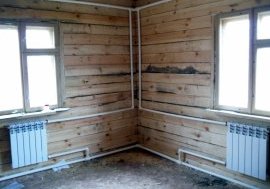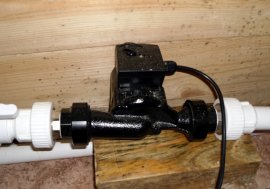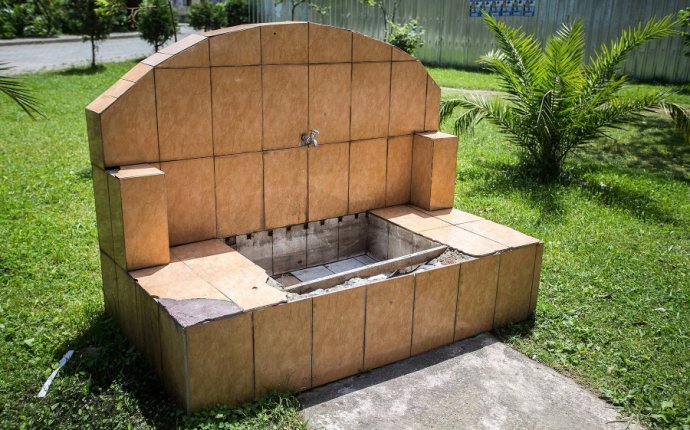
Disein Crane In The Private House Courtyard
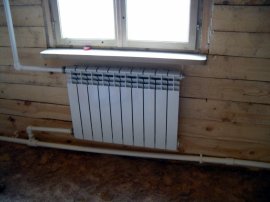 In my new house yesterday, the heating system finally started. Since the time of the year had been to talk about heat, heat and similar issues, I had decided to share some of my experiences.
In my new house yesterday, the heating system finally started. Since the time of the year had been to talk about heat, heat and similar issues, I had decided to share some of my experiences.
So, in the original data, we have:
- accessible fuel: wood; naturally, there is electricity, and only the gas is containerized, and in the short term the mainframe is not foreseen;
- budget: Economies :)
Of course, the gas boiler variant fell off for objective reasons. And then there's a problem with a difficult choice. A lot of people told me to buy an electric cat, but I didn't have a soul for that idea. There are several reasons. First, in winter, electricity is cut off periodically in our edges: as the snow has passed or the wind has gone off, no, no, and it's going to shut something down. The hour is 3-4, or we're sitting half a day without light. What if there's 30 degrees in the yard? How is it, without heating? Clearly, for a while, the water in the pipes will remain warm, and we will not freeze. But checking the sky: last winter, there was no electricity for almost 24 hours - then I fully appreciated the dignity of the Russian furnace:
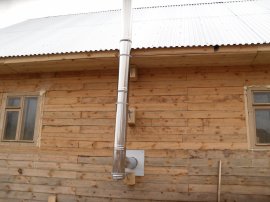 The second nuance is the price of pleasure. Electricity is expensive; electricity is not cheap now, and in view of the crisis that everyone is terrified, there is no desire to be dependent on an unstable economy. The last point in my fluctuation was a report on the forthcoming introduction of social energy consumption standards. And where am I going with my electric shock? I'll clean the pipe. ♪ ♪
The second nuance is the price of pleasure. Electricity is expensive; electricity is not cheap now, and in view of the crisis that everyone is terrified, there is no desire to be dependent on an unstable economy. The last point in my fluctuation was a report on the forthcoming introduction of social energy consumption standards. And where am I going with my electric shock? I'll clean the pipe. ♪ ♪
Such unpleasant thoughts led to a final decision: solid fuel boiler♪ These structures work on firewood, coal, pellets, word, any form of solid fuel. Moreover, they sometimes allow, at no cost, improvements to be converted, if necessary, to other sources of energy: gas or electricity. It's probably the best option in our forest area.
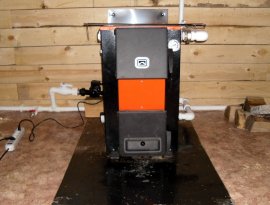
It's done; the cat's chosen and acquired. Radiators♪ I've never known their particulars before, I've only known that the radiators of the old specimen, the strangers, are now virtually no use, because the new ones are not only esthetic, but they also surpass the " probes " on performance.
But it turns out it's not all you need to know. The first trip to the store put me in a stalemate, it turns out there are aluminium radiators and bimetallic. What's the difference, and what's the option for me? Thank you for the consulting seller, and I've had a detailed interpretation of what's going on.
It turns out that central heating systems usually contain bimetallic radiators. Two main causes: aluminiums may not withstand oppression (not designed for such pressure) and there is a risk of damage to the chemical reagents used in such systems. And for private houses with autonomous heating, that's a great option.
The price of radiators of the same type may vary markedly, but, as explained to me (and I believe in this:) it depends exclusively on the producer, as the working parameters of such products are standard.
The number of sections in the radiator is different. For those species I've been considering, when compiling the necessary equipment, it is assumed that one section sufficient to heat 2 square metres♪ By the way, in the selection of a boiler, the heating area (and, if absolutely, its bubble) also serves as one of the main parameters: it produces the required capacity of the equipment.
